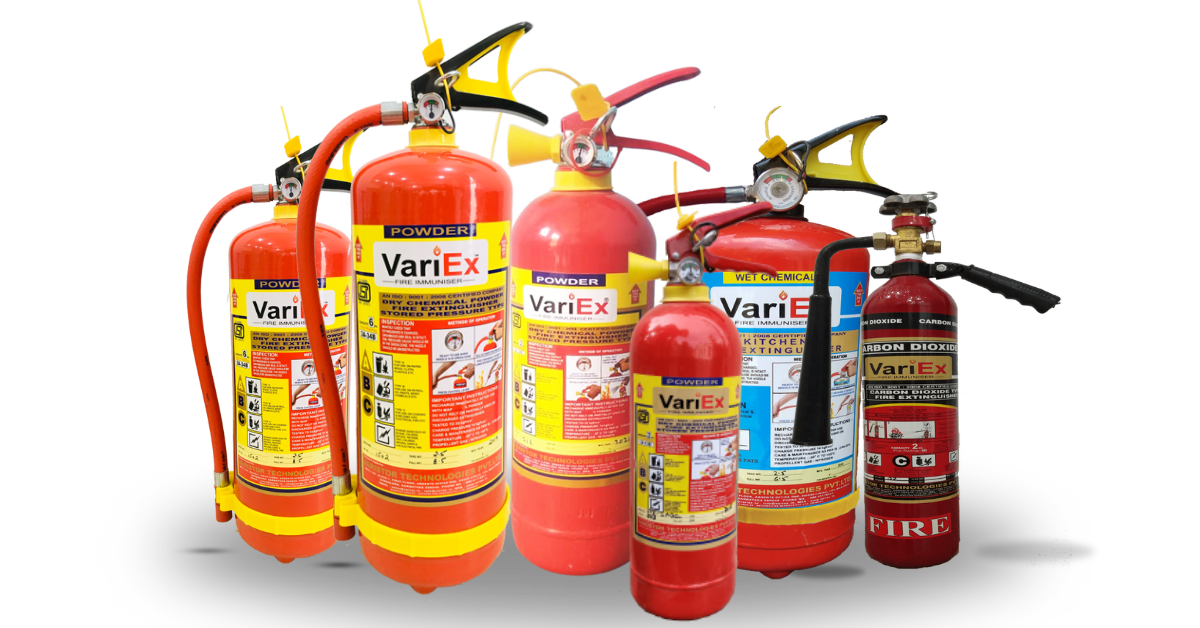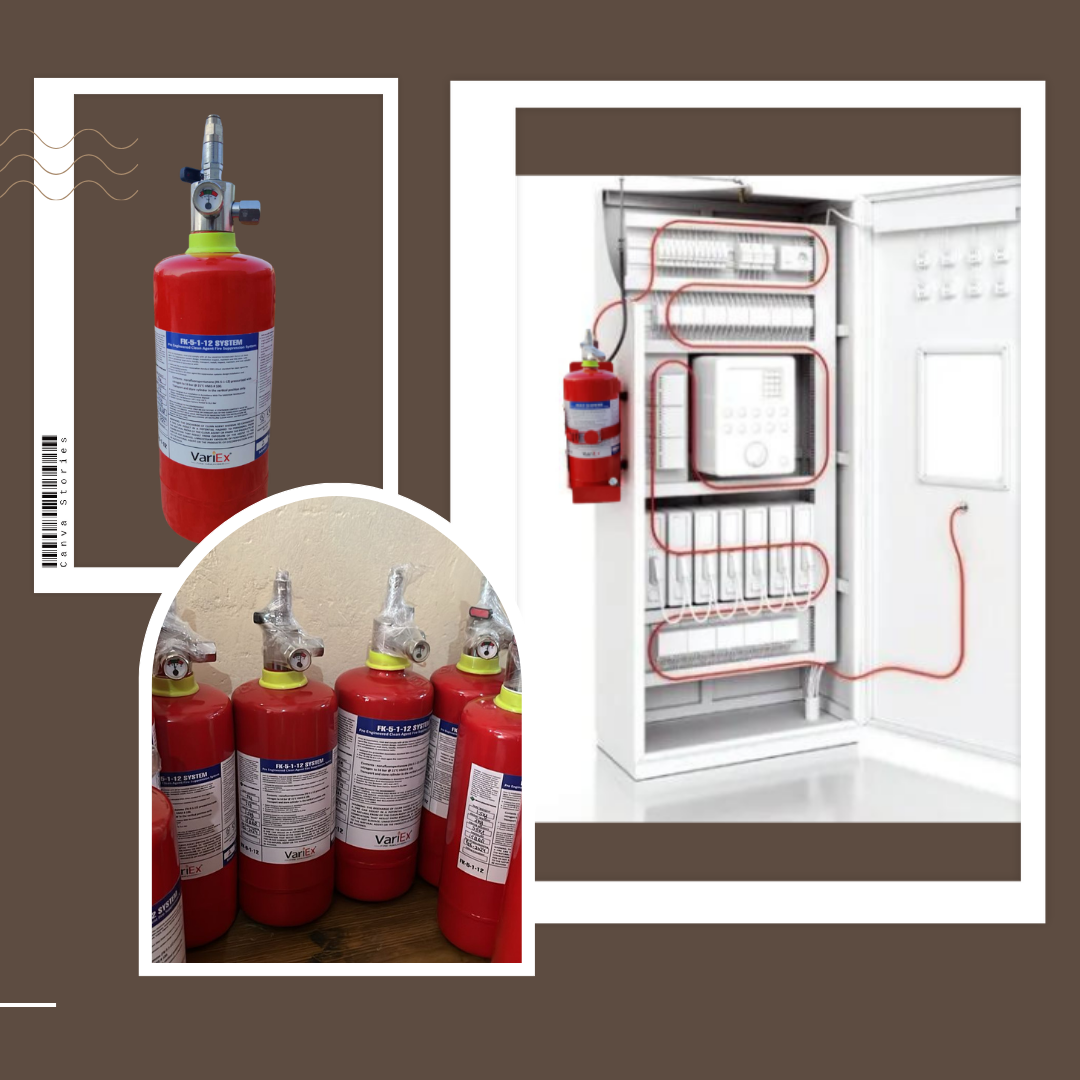![]()
Fire Immuniser
+91-7829629111
Email: info@variex.in
Varistor Technologies Pvt. Ltd.
Block-1, First Floor, Ardente Office One, Hoodi Circle, ITPL Main Road, Bengaluru, Karnataka 560048, IN
When Was The First Fire Alarm Invented
When Was The First Fire Alarm Invented
The invention of the fire alarm marked a significant advancement in public safety, allowing buildings to detect fires and alert occupants quickly. While the concept of fire detection has evolved over centuries, the first modern fire alarm system that we recognize today emerged in the 19th century. This innovation was driven by the growing need to protect people and property from the destructive potential of fire, especially in urban centers where the risk was heightened.
Early Attempts at Fire Detection
Before the invention of the first practical fire alarm, various methods were used to detect and respond to fires:
- Watchmen and Town Fire Brigades: In ancient cities, watchmen were employed to patrol streets at night, keeping an eye out for smoke or signs of fire. Once detected, they would sound horns or bells to alert the public. In larger cities, fire brigades were formed to deal with major fires, but these systems were reactive rather than preventive.
- Fire Bells: In medieval and early modern times, church bells and other large bells were used in European towns to warn people of a fire. These bells could be heard across neighborhoods and were typically rung to mobilize the community in the event of a fire.
Despite these early efforts, there was no reliable automated system to detect fires and raise alarms without human intervention, and many fires spread rapidly before help arrived.
The Invention of the First Fire Alarm
The breakthrough in fire detection came with the development of the first automatic fire alarm system, and it can be credited to William Channing and Moses G. Farmer in the mid-19th century.
1. William Channing and Moses G. Farmer (1852)
In 1852, William Channing, a professor at Harvard University, and Moses G. Farmer, an engineer, invented the first electrical fire alarm system. Their system was designed to use electrical circuits to detect smoke and activate an alarm. It consisted of a network of manual call boxes (early versions of modern pull stations) connected to a central control panel.
Channing and Farmer's fire alarm system was designed to address the problem of rapid fire detection in large urban areas. By 1855, their system was successfully installed in Boston, Massachusetts, which marked the beginning of a new era in fire safety. Their work laid the foundation for future fire alarm technology, although it was still a relatively simple system that required human input to report fires.
2. The First Commercial Fire Alarm
The first commercial fire alarm system was a telegraph-based system, developed around the same time. It used a network of telegraph wires to connect individual fire alarm boxes placed around the city. When a box was activated by a person, it would send an electrical signal to a central office, which would then dispatch fire departments to the location of the emergency. This system was quite effective, and it helped reduce response times for firefighters.
The Evolution of Fire Alarm Technology
After Channing and Farmer's initial success, fire alarm technology continued to evolve, with significant improvements in both detection and signaling mechanisms. Key developments included:
1. The Introduction of Smoke Detectors (1900s)
In the early 20th century, advances in electrical engineering and sensing technology made it possible to develop automatic smoke detectors. One of the early pioneers in this field was George W. H. Ainsworth, who invented an early version of the smoke detector in 1902. This device used a photoelectric principle to detect smoke in the air and trigger an alarm.
By the mid-20th century, more sophisticated smoke detectors based on ionization and other principles were developed. These detectors could identify the presence of smoke without the need for human intervention, which further revolutionized fire safety.
2. The Development of Modern Fire Alarm Panels
As fire alarm technology progressed, fire alarm panels became more sophisticated, allowing for zoning and fault detection. These panels could now identify which part of a building was affected by a fire, enabling more precise responses from firefighters and building personnel.
In the 1960s and 1970s, the development of addressable fire alarm systems allowed for even more advanced technology, where each fire alarm device (detector, call point, etc.) could be individually addressed, offering pinpoint accuracy in the event of an alarm.
Key Milestones in Fire Alarm History
- 1852: William Channing and Moses G. Farmer invent the first electrical fire alarm system, which used telegraph wires to alert authorities.
- 1902: George Ainsworth develops one of the first automatic smoke detectors.
- 1910s-1930s: The use of mechanical and electrical fire alarm systems becomes more widespread in urban areas, especially in industrial buildings.
- 1960s: The advent of more sophisticated fire alarm control panels, with zones and the ability to detect faults in the system.
- 1980s-1990s: The introduction of addressable fire alarm systems, which could uniquely identify each device in the system.
Conclusion
The invention of the first fire alarm was a significant leap forward in the history of fire safety, starting with the pioneering work of William Channing and Moses G. Farmer in 1852. Their creation of an electrical fire alarm system that could automatically detect fires and alert authorities laid the groundwork for the development of modern fire alarm technology. Over the decades, advancements such as smoke detectors, fire alarm panels, and addressable systems have drastically improved how fires are detected and how quickly occupants and responders can be alerted. Today, fire alarm systems continue to evolve, incorporating cutting-edge technologies like smart alarms and integrated safety systems to provide even more effective fire protection for buildings and their occupants.
Explore our products Range
Final Say
At VariEx.in and VariexOnline.com, we specialize in supplying and installing top-quality fire fighting systems and equipment. From fire extinguishers to advanced suppression systems, we offer comprehensive solutions tailored to your needs. Our experienced team ensures precise installation and maintenance for optimal safety.
Trust VariEx for reliable fire protection. Contact us online or call 7829629111 to learn more.
"WHAT YOU CAN READ NEXT"
 Read more +24 November 2023 in Fire Extinguisher
Read more +24 November 2023 in Fire ExtinguisherWhat types of fire extinguishers are available for different fire classes?
 Read more +11 April 2025 in Fire Suppression
Read more +11 April 2025 in Fire Suppression













